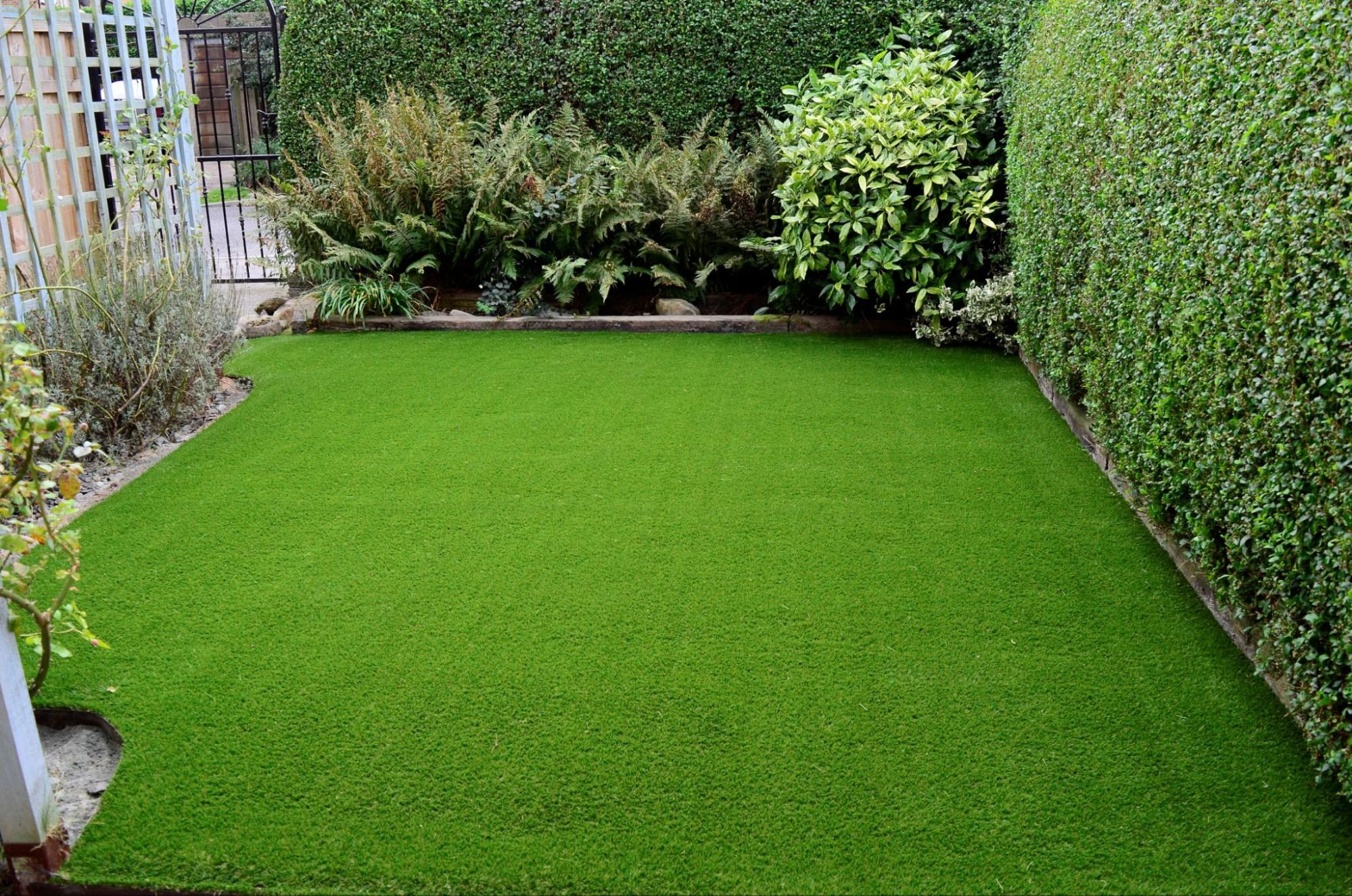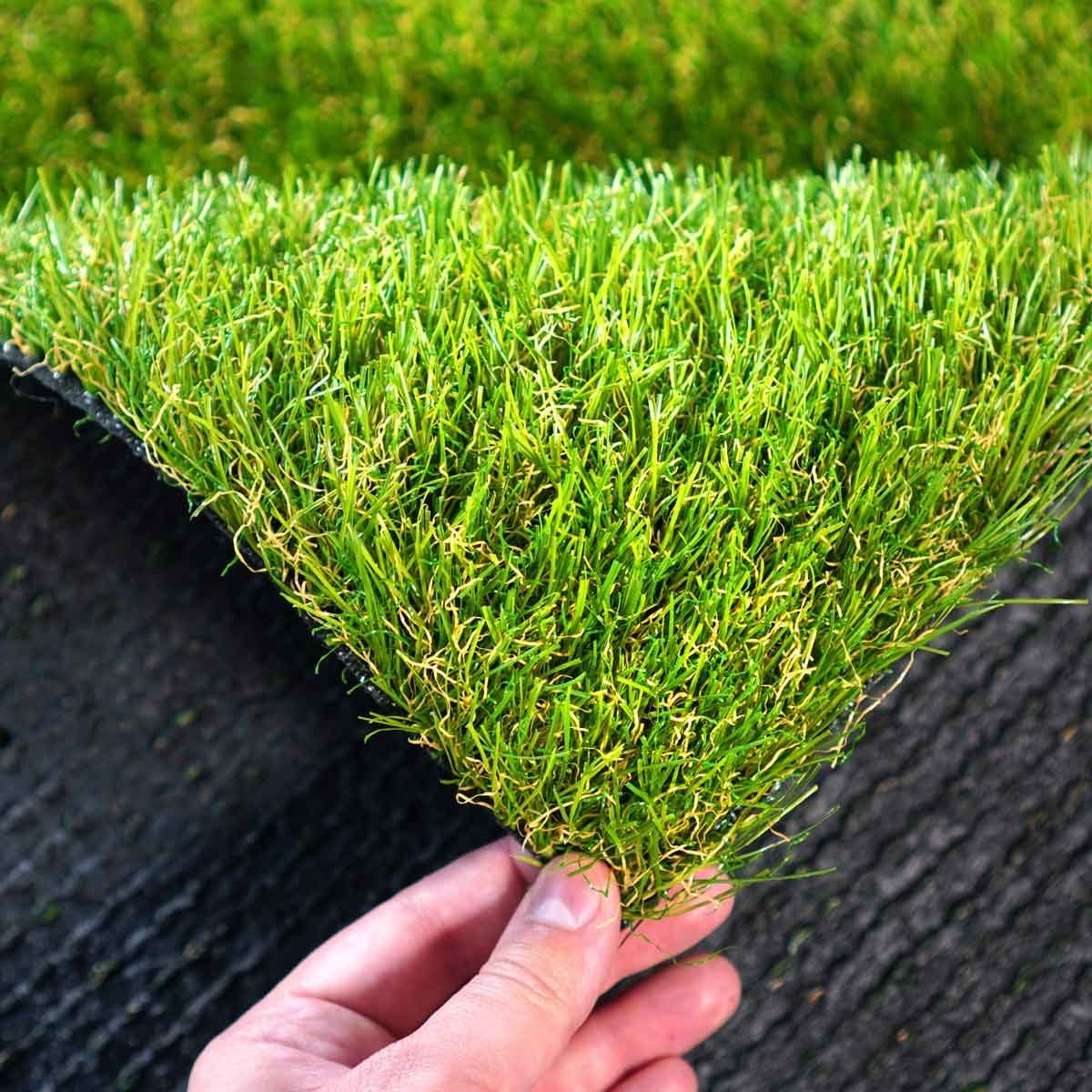Skilled Arizona Turf Installation Services for Residential and Business Use
Skilled Arizona Turf Installation Services for Residential and Business Use
Blog Article
See Why Homeowners Prefer Synthetic Grass for Lasting Landscaping Practices
As homeowners increasingly prioritize sustainability in landscaping, artificial grass has become an engaging choice to standard lawn. Its capability to conserve water, decrease maintenance efforts, and minimize environmental effect positions it as a functional choice for those seeking environmentally friendly remedies. The aesthetic allure and versatility of man-made turf provide to diverse style choices. The effects of this change extend past mere benefit and appearances, motivating a closer examination of how these options affect more comprehensive ecological results. What stays to be explored is the full scope of benefits that synthetic grass can provide to property owners and the environment alike.
Water Preservation Perks
One of the most considerable advantages of fabricated grass is its role in water preservation. In contrast, man-made lawn removes this need totally, as it does not need watering.
Additionally, the installation of synthetic grass can contribute to a more lasting landscape. House owners can substantially reduce their water bills, permitting reallocation of sources to various other ecological efforts or home uses. Additionally, artificial grass is designed to withstand different climatic conditions without the requirement for supplementary watering, making it an excellent choice for regions facing water scarcity.
The ecological advantages expand beyond immediate water savings. By decreasing water consumption, synthetic grass aids to reduce the influences of climate adjustment, preserving vital ecological communities that are endangered by extreme water extraction. As lasting landscape design methods acquire grip, synthetic grass becomes a liable option for homeowners seeking to create environment-friendly outdoor spaces.
Reduced Maintenance Efforts
Artificial lawn considerably decreases upkeep initiatives contrasted to conventional lawn yards. With synthetic lawn, home owners can eliminate the time-consuming jobs connected with natural landscape design, such as mowing, fertilizing, and weeding. This not just conserves beneficial time but also lowers physical labor, making lawn care obtainable for individuals of every ages.
Standard lawns need constant trimming to preserve a cosmetically pleasing elevation, whereas synthetic grass stays regularly lush without the need for cutting. In addition, homeowners no much longer require to use fertilizers or pesticides, which are commonly called for to maintain all-natural grass healthy.
Additionally, synthetic grass is resilient and durable, requiring marginal maintenance past periodic cleaning and rinsing to get rid of particles. This simplicity of upkeep enables property owners to enjoy their exterior rooms without the constant worry of upkeep, offering even more time for leisure and household tasks. Ultimately, the minimized maintenance initiatives related to artificial lawn make it an appealing option for those seeking a low-maintenance, visually appealing landscape.

Environmental Impact Decrease
There is an expanding recognition of the ecological benefits related to fabricated grass, especially in terms important source of water preservation and decreased chemical usage. Conventional lawns call for significant quantities of water, particularly in drought-prone regions, leading to increased strain on local water sources. In contrast, synthetic grass eliminates the requirement for watering, drastically decreasing water intake and advertising sustainability.
Furthermore, traditional lawn maintenance typically entails the application of pesticides, herbicides, and plant foods, which can add to dirt and water pollution. Man-made lawn alleviates this environmental danger by requiring minimal upkeep and basically getting rid of the need for damaging chemicals. This not only enhances dirt health yet likewise secures neighborhood communities from hazardous overflow.
Furthermore, the manufacturing of all-natural yard yards commonly entails making use of nonrenewable fuel sources for trimming and landscape design equipment, additional adding to greenhouse gas emissions. By picking artificial lawn, property owners can considerably lower their carbon footprint related to grass treatment tasks.
Visual Appeal and Adaptability
In enhancement to its environmental benefits, artificial grass supplies considerable visual allure and convenience for landscaping. Homeowners can accomplish a rich, eco-friendly look year-round, getting rid of the seasonal variations commonly connected with natural grass. This regular aesthetic not just improves the visual allure of a building but also contributes to a properly maintained and refined look.
In addition, synthetic grass is available in a selection of textures, designs, and colors, permitting personalization to suit specific choices and style styles - Arizona turf. Whether utilized in residential yards, business areas, or entertainment areas, it can seamlessly integrate into diverse landscape design designs, from modern-day minimal to rich tropical settings
The flexibility of synthetic lawn extends beyond mere look; it can be mounted in different locations, including roofs, patio areas, and also indoor areas, creating opportunities for distinct landscape design solutions. In addition, it appropriates for a variety of activities, from youngsters's backyard to pet-friendly environments, offering functionality why not try here without compromising style.
Inevitably, the visual appeal and convenience of synthetic grass make it an eye-catching option for property owners seeking sustainable landscape design services that do not give up appeal for ecological obligation.

Long-Term Expense Financial Savings
One of the most compelling advantages of artificial grass is its capacity for lasting cost financial savings. Unlike natural yard, which calls check over here for normal upkeep-- including mowing, watering, feeding, and insect control-- synthetic lawn considerably minimizes these continuous expenditures.
Furthermore, fabricated grass has a life expectancy of 15 to 25 years, relying on its high quality and use. This durability decreases replacement costs, making it a more affordable selection in the lengthy run. The first investment in synthetic turf can frequently be recouped via the cost savings accrued over time.
While the upfront price might appear greater compared to sod installation, the cumulative financial savings from lowered upkeep and water use usually outweigh these preliminary expenses. Inevitably, the fostering of artificial turf not just advertises a sustainable landscape design solution however likewise provides homeowners a monetarily savvy alternative that straightens with long-term budgeting goals.
Verdict
Fabricated turf arises as an engaging alternative for sustainable landscape design, providing considerable advantages in water conservation, lowered upkeep efforts, and diminished ecological influence. As communities increasingly focus on eco friendly methods, the adoption of synthetic turf represents a modern step towards accomplishing sustainable and resistant landscapes.
Additionally, fabricated turf is created to stand up to numerous climatic problems without the need for extra watering, making it an ideal selection for areas dealing with water deficiency. (Arizona turf)

Synthetic grass emerges as an engaging alternative for sustainable landscaping, using substantial advantages in water conservation, minimized upkeep initiatives, and lessened ecological influence.
Report this page